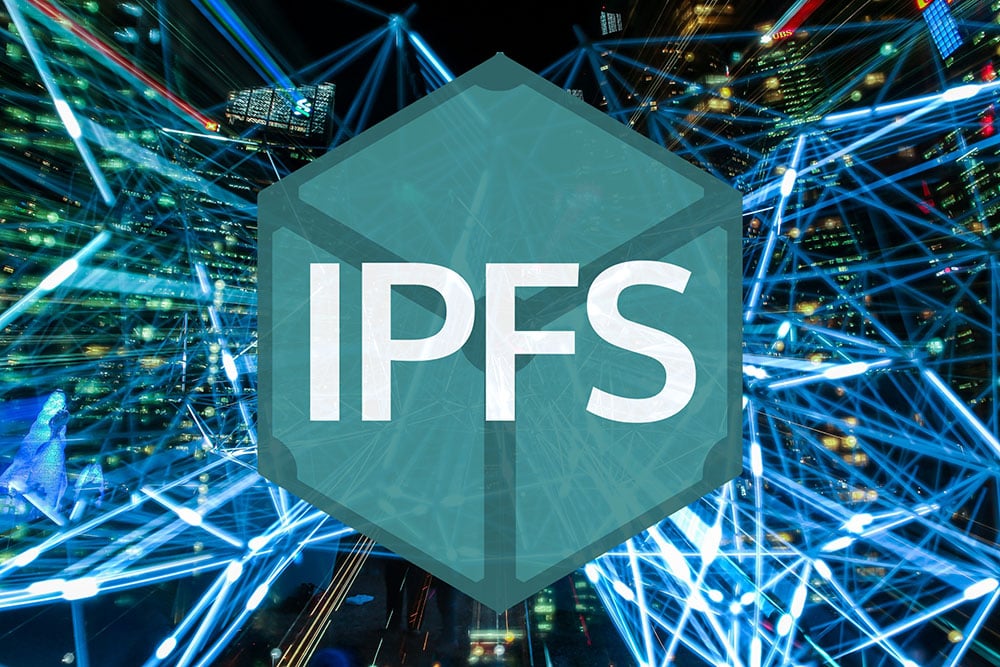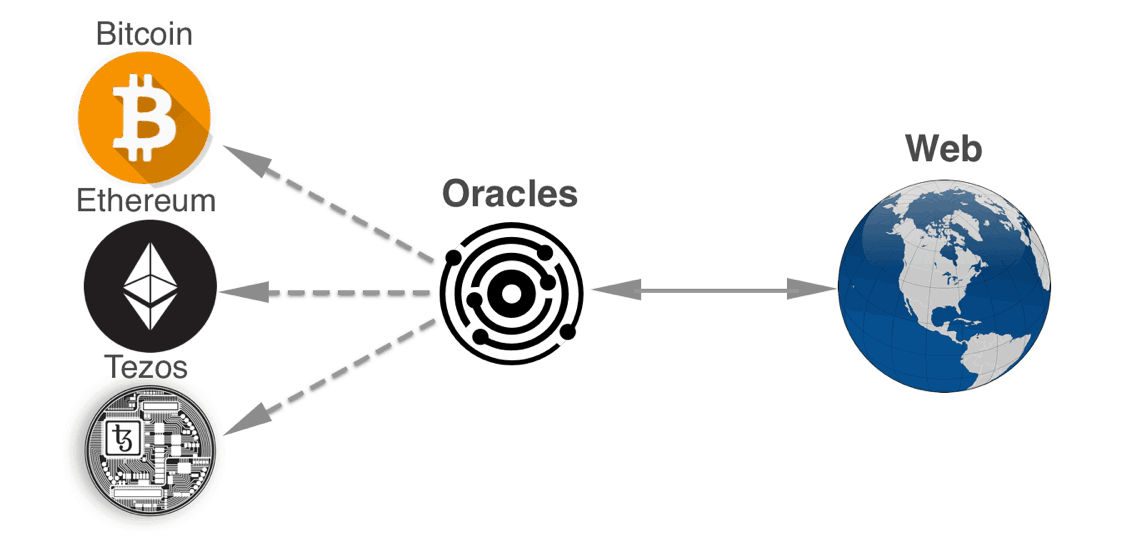
Dapp
dApp - Development
ChatGPT said:
Looking for top decentralized app solutions? Our best decentralized app development services offer secure and scalable blockchain app development, cross-platform app development, and mobile app development services. From Android app development to custom blockchain software development, we provide cutting-edge application development with the latest technologies. Partner with one of the top blockchain development companies to build innovative dApp development services tailored to your needs.
Key Concepts:

Blockchain
dApps typically interact with blockchains like Ethereum, Solana, Binance Smart Chain (BSC), etc. Ethereum is the most popular blockchain for dApp development, using smart contracts written in Solidity.
Smart Contracts:
These are self-executing contracts with the terms directly written into code. They define how data is stored, transactions are executed, and how the application logic works

Front-End:
dApps have user interfaces like any other app, but they connect to the blockchain backend. The front-end can be built using traditional web technologies like HTML, CSS, and JavaScript (React.js, Vue.js, etc.).

Web3:
This refers to the library or framework used to connect your dApp to the blockchain. Web3.js or Ethers.js are commonly used libraries that allow your application to interact with Ethereum and other blockchains.

Ethereum
One of the most popular blockchain platforms for dApp development. It uses Solidity to write smart contracts. Ethereum supports decentralized finance (DeFi), NFTs, and more, thanks to its robust smart contract capabilities.

Decentralization
The core principle behind blockchain and dApps. Instead of relying on centralized servers and authorities, decentralized applications are hosted across a network of computers, making them resistant to censorship and control by single entities.

IPFS (InterPlanetary File System)
A decentralized file storage protocol. IPFS allows dApp developers to store data (such as images, documents, or large files) in a distributed manner, ensuring data integrity and accessibility without relying on centralized servers.

Wallets
Digital tools that allow users to interact with blockchain networks, sign transactions, and store assets like cryptocurrencies or tokens. Popular wallet options for dApp interactions include MetaMask, WalletConnect, and Ledger.

Oracles
Services that provide external data to smart contracts, enabling them to interact with the real world. For example, an oracle could fetch stock prices or weather data for a dApp to use in its smart contracts. Oracles bridge the gap between on-chain and off-chain data.
Steps to Develop a dApp:
01
Choose a Blockchain Platform:
Ethereum, Solana, Avalanche, and others have different benefits (like scalability, speed, or low fees).
02
Write Smart Contracts:
Use Solidity (for Ethereum) or other smart contract languages to define the logic of your dApp.
03
Test the Smart Contracts:
Use test networks (e.g., Ropsten, Rinkeby for Ethereum) to test the smart contracts before deploying them to the main network.
04
Set Up the Front-End:
Use JavaScript libraries like Web3.js or Ethers.js to interact with the blockchain and display data from it on the user interface.
05
Deploy to the Blockchain:
Once everything is tested, deploy your smart contract to the mainnet. Tools like Truffle, Hardhat, or Remix can help you deploy contracts.
06
Ensure Security:
Since smart contracts are immutable once deployed, testing and security audits are critical.
07
Integrate a Wallet:
Users will need a way to interact with your dApp and approve transactions, so integrating wallets like MetaMask or WalletConnect is essential.
08
Host the Front-End:
While the backend is decentralized, the front-end can be hosted on traditional servers or decentralized storage systems like IPFS (InterPlanetary File System).
Popular dApp Categories:
Decentralized Finance (DeFi):
Platforms for lending, borrowing, and trading without intermediaries.
NFT Marketplaces:
Platforms for minting, trading, and buying NFTs (e.g., OpenSea, Rarible).
Decentralized Exchanges (DEX):
Platforms for peer-to-peer trading of cryptocurrencies (e.g., Uniswap, PancakeSwap).
Tools and Frameworks:
dapp development
Truffle:
A development environment, testing framework, and asset pipeline for Ethereum.
Hardhat:
A more flexible framework for Ethereum smart contract development and testing.
Remix:
An in-browser IDE for Solidity smart contract development.
IPFS:
For decentralized file storage.
Ganache:
A personal blockchain for Ethereum development, used to simulate transactions.
Alchemy and Infura:
Provide APIs to interact with Ethereum nodes.
Need help?
F&Q
A dApp (Decentralized Application) is a software application that runs on a decentralized network (such as a blockchain) rather than relying on a central server or authority. It uses smart contracts to perform tasks, ensuring trust, transparency, and immutability.
Traditional apps rely on centralized servers to store data and execute logic. In contrast, dApps:
- Run on a decentralized blockchain.
- Use smart contracts to automate tasks.
- Are resistant to censorship, as no single entity controls them.
- Often involve peer-to-peer interactions and token-based economies.
- Decentralization: No central authority can control the application or its data.
- Transparency: Transactions and data are publicly available and auditable.
- Security: Data is stored across a distributed network, making it harder to attack.
- Immutability: Once deployed, smart contracts cannot be altered, ensuring consistent behavior.
- Privacy: Users can interact with dApps pseudonymously, increasing user privacy.
- Smart Contracts: Define the logic and rules of the dApp.
- Blockchain: The network that stores and processes the data, typically Ethereum or other similar blockchains.
- Front-End: The user interface (UI) where users interact with the dApp, often built using traditional web technologies (HTML, CSS, JavaScript).
- Wallet: A digital wallet (e.g., MetaMask) to interact with the blockchain and sign transactions.
- Solidity: The most common language for writing smart contracts on the Ethereum blockchain.
- Rust and Move: Used for blockchains like Solana and Libra, respectively.
- Vyper: An alternative to Solidity, designed for security and simplicity in Ethereum smart contracts.
- JavaScript (with Web3.js or Ethers.js) is often used for the front-end of dApps to interact with smart contracts.
The future of dApps is bright, with many potential advancements:
- Layer-2 solutions like Optimism and Arbitrum are improving scalability by processing transactions off-chain while still leveraging the security of the main Ethereum network.
- Interoperability: dApps will likely become more cross-chain, allowing users to interact with multiple blockchain ecosystems.
- Decentralized Identity: There is increasing interest in decentralized identities (DIDs), which could empower users to own and control their personal data.
- User Experience: As the ecosystem matures, dApp interfaces will become more intuitive and user-friendly.
dApps use libraries like Web3.js or Ethers.js to connect their front-end to the blockchain. These libraries allow the dApp to read data from the blockchain, interact with smart contracts, and initiate transactions (such as sending tokens or executing contract functions).
Users typically interact with dApps through a digital wallet (e.g., MetaMask). The wallet connects the user’s private keys to the dApp, allowing them to sign transactions, send tokens, or engage with smart contracts.
A gas fee is a small transaction fee paid to miners (or validators, depending on the blockchain) for processing transactions and executing operations on the blockchain. The cost depends on network congestion and the complexity of the operation. Ethereum, for example, charges gas fees in ETH.
- Truffle: A development framework for Ethereum, including tools for writing, testing, and deploying smart contracts.
- Hardhat: A development environment that makes it easy to deploy and test smart contracts.
- Remix IDE: An in-browser Solidity editor and testing environment for writing smart contracts.
- Web3.js / Ethers.js: JavaScript libraries to interact with Ethereum.
- IPFS: A decentralized storage system to store data off-chain.
- Ganache: A personal Ethereum blockchain for testing and development.
- Scalability: Blockchain networks can become congested, leading to slow transaction times and high fees.
- Security: Once deployed, smart contracts are immutable, meaning any vulnerabilities can be exploited. Extensive testing and audits are necessary.
- User Experience: Interacting with the blockchain can be complex, especially for non-technical users. Wallet management and transaction signing can be intimidating.
- Regulatory Issues: Since dApps are decentralized, they may operate in legal gray areas, especially in areas like DeFi and NFTs.
Testing can be done in several stages:
- Smart Contract Testing: Use frameworks like Truffle or Hardhat to test your smart contracts in a local environment.
- Testnets: Deploy your contracts on testnets (like Ropsten, Rinkeby for Ethereum) to simulate interactions in a real-world scenario.
- Front-End Testing: Use traditional web testing tools (e.g., Jest, Mocha) to test your front-end interactions with the blockchain.
